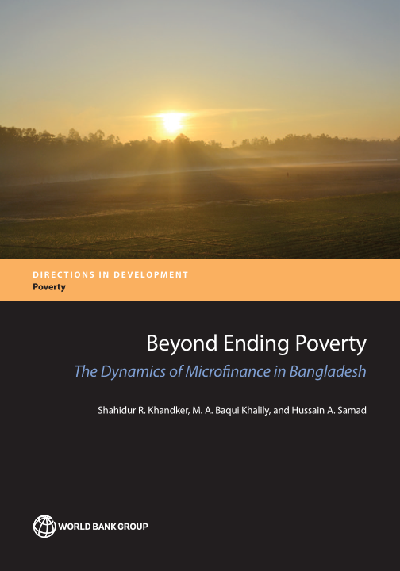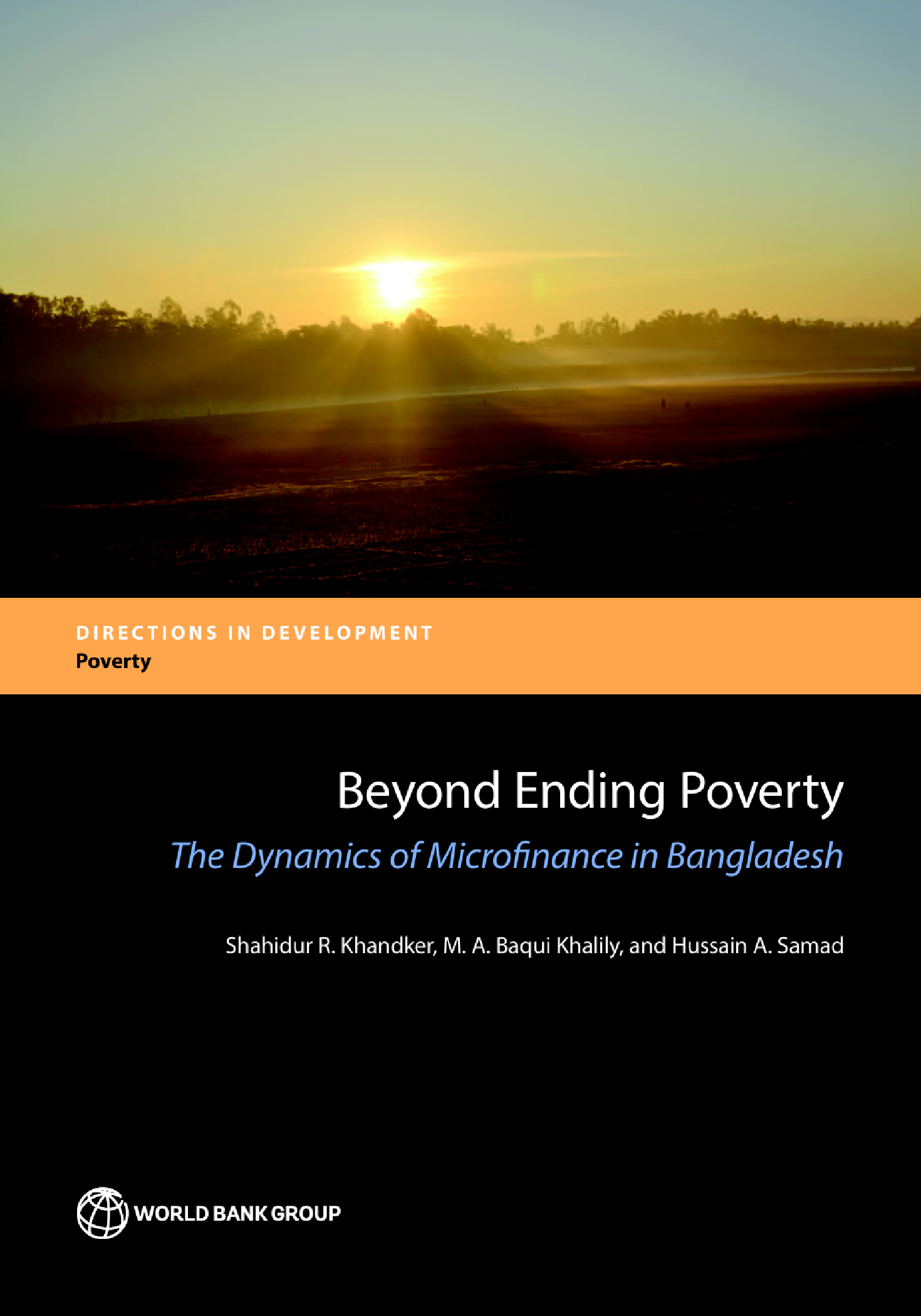



收藏
纠错
历史见证了全球小额信贷机构的惊人增长,有2亿人是小额信贷的受益者。本书采用了孟加拉国1991 / 92-2010 / 11的家庭长期专题调查,解决了一些批评,包括推动小额信贷是否使其成为减少贫困的工具变得多余,同时调查了二十年后对穷人是否仍然有意义广泛的增长。该书的发现证实了从小额信贷计划继续借贷的积极作用。尽管小额信贷借贷大量增加,但贷款回收并未下降,长期借款人也没有陷入贫困或债务中。尽管小额信贷机构有降低利率的余地,但小额信贷机构收取的利率对于实现投资回报并不是太高。
消除贫困之外:孟加拉国的小额信贷动态 Preface Since 1983, when Grameen Bank was established in Bangladesh as a model of microfinance banking, microfinance has grown at an exponential rate worldwide; today, more than 200 million people are direct or indirect beneficiaries. Microfinance resolves the market failure of formal financial institutions by reaching out to the poor, women, and other disadvantaged groups of society not covered by the com- mercial banks. By easing liquidity constraints, microfinance helps to generate employment, income, and assets, as well as improve children' s schooling. Since the advent of microfinance, the premise of its improving access by the poor to financial services for consumption smoothing has never been a subject of controversy. What has been controversial is whether microfinance can alleviate poverty, in part, because of the high interest rates charged by microfinance insti- tutions (MFIs), which offer borrowers little scope for accumulating assets. Controversy also abounds over the methods and alternative statistical assump- tions used to measure benefits. That the poor lack an effective and affordable alternative financing mechanism to support income and employment generation does not necessarily mean that microfinance is a panacea- -it involves the entre- preneurial skills of borrowers, which many of the poor may lack. 【更多详情,请下载:消除贫困之外:孟加拉国的小额信贷动态】
